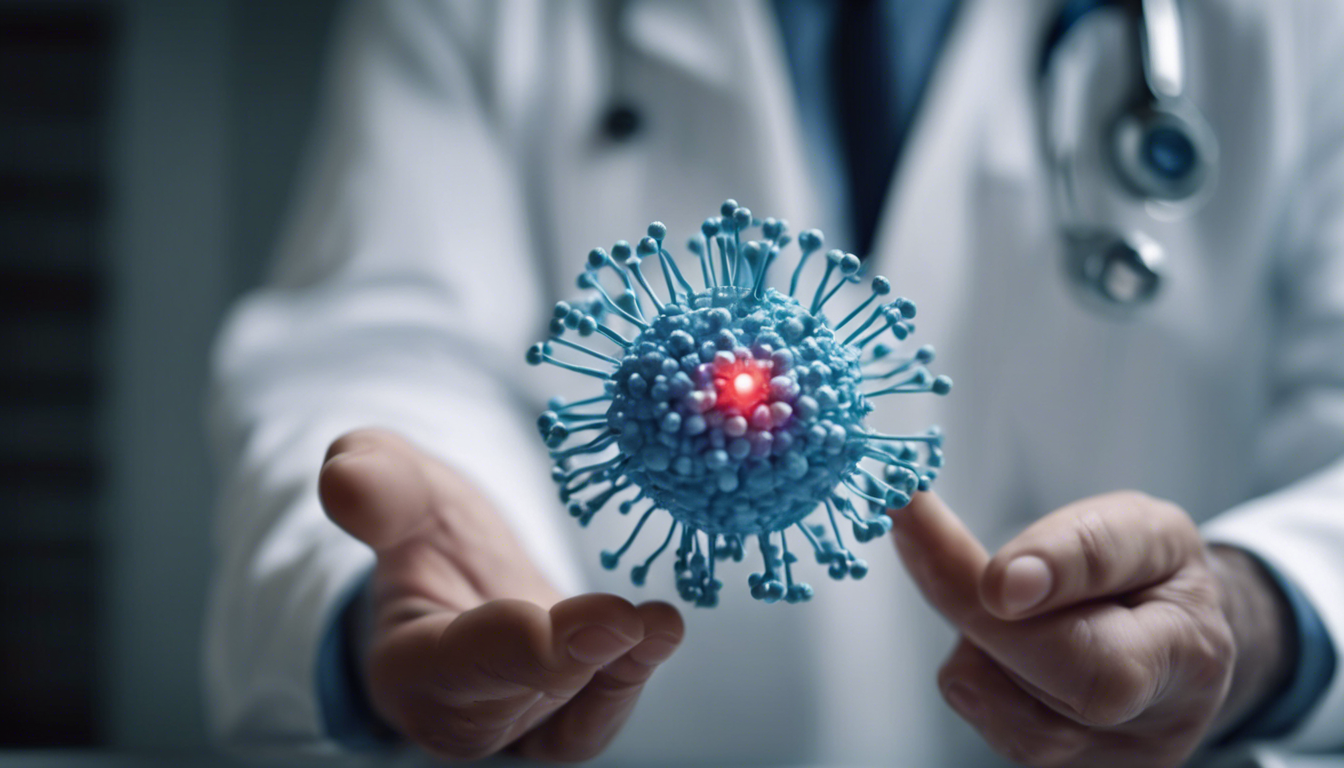HIV, or human immunodeficiency virus, continues to represent one of the most serious global health challenges. This virus attacks the immune system, specifically CD4 cells, progressively reducing the body's ability to defend itself against infections. If left untreated, it can progress to AIDS, the most advanced stage of HIV infection, which can be fatal.
In males, HIV can present initial symptoms similar to those of a mild flu, such as fever, sore throat, and fatigue. However, more specific symptoms include swollen lymph nodes, weight loss, and persistent skin infections. It is crucial to pay attention to these early signs for early diagnosis, which can significantly influence the outcome of treatment.
Thanks to scientific progress, living with HIV has become manageable through antiretroviral therapies (ART) that keep the virus at low levels and help prevent it from turning into AIDS. These treatments require a rigorous daily regimen and have significantly improved the quality of life of HIV-positive people.
Despite advances, males face specific HIV challenges. A significant problem is represented by late diagnosis due to social stigma and lower propensity to undergo medical tests, which can delay the start of treatment and worsen the prognosis.
Recently, research has made great strides regarding new therapies and vaccines against HIV. Recent studies have shown promise in using medications such as pre-exposure prophylaxis (PrEP), which significantly reduces the risk of contracting the virus when taken regularly.
Ongoing studies also present new therapeutic approaches such as gene therapy and the use of antibodies to neutralize the virus directly in infected cells. These trials are still in their early stages, but they offer hope for a more effective cure or control of HIV.
HIV prevalence varies greatly between different geographic areas. Sub-Saharan Africa is the hardest hit, with millions of people living with HIV. In contrast, in Europe and North America, thanks to better health infrastructure and awareness campaigns, HIV rates are lower but no less significant.
HIV transmission occurs primarily through unprotected sexual contact, transfusions of infected blood, and from mother to child during childbirth or breastfeeding. Prevention, through awareness and safe practices, therefore remains a key pillar in the fight against HIV.
We are still far from eradicating HIV, but the direction of research is clear and encouraging. With humanity united in research and education, previously unimaginable possibilities are opening up and continue to provide new hope for millions of people.
In conclusion, HIV remains a significant challenge, but with the proper support, education and scientific innovations, we are advancing towards a future where this disease can be more effectively managed or perhaps, one day, completely eradicated.

